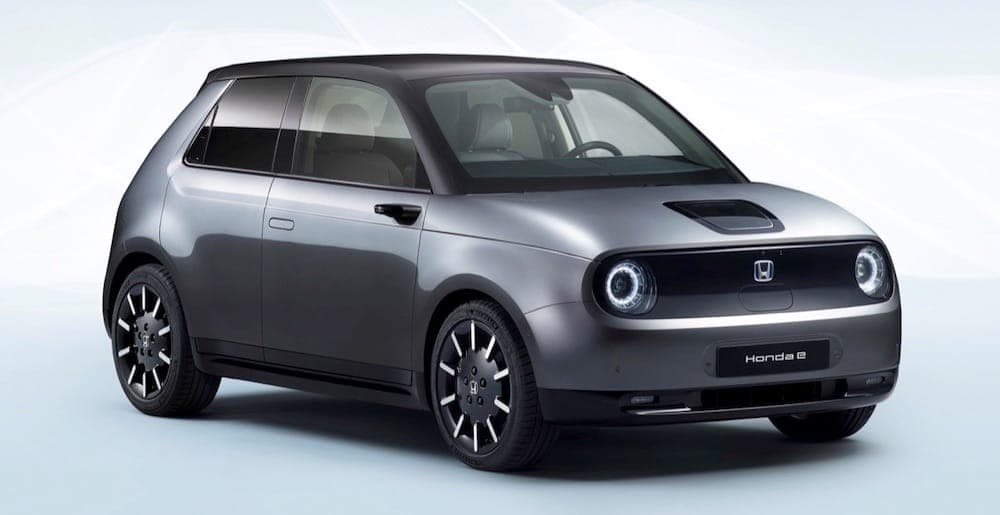Honda E

Range (WLTP)
222 km
Battery Size
35.5 kWh
Variants
Performance
0-100 km/h
8.3 sTotal Power
115 kWTorque
—Top Speed
145 km/hDrive
RWDRange & Efficiency
WLTP Range
222 kmWLTP Consumption
172 Wh/kmHighway Range
173 kmYour Real Range
Calculate Battery & Charging
Battery (nominal)
35.5 kWhBattery (usable)
28.5 kWhBattery type
UnknownAC Charging
6.6 kWDC Charging
56 kWVehicle-to-Load (V2L)
NoDimensions & Weight
Length
3894 mmWidth
1752 mmHeight
1512 mmGround Clearance
—Weight
1588 kgShape
HatchbackSeats
4Storage & Towing
Boot Space
171 LBoot Space (Max)
861 LFrunk
—Towing (Braked)
—Towing (Unbraked)
—How many Honda E have been sold in NZ?
There have been 12 registered to date (including 12 used imports).
Honda E registrations
Monthly units (includes new and used import)
